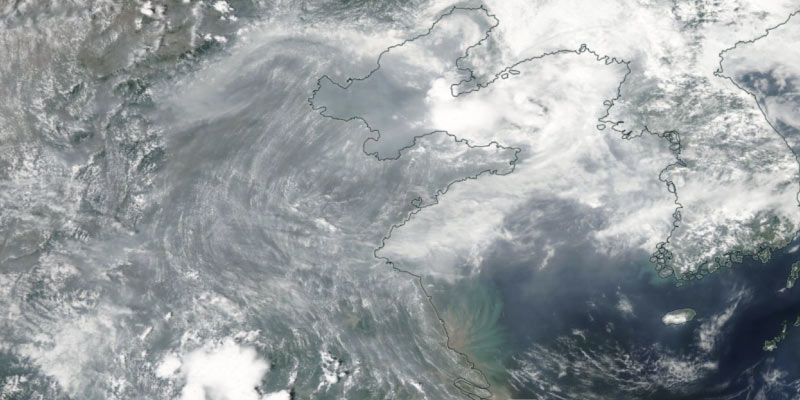
Leaders from the Nelson Institute Center for Climatic Research (CCR) will begin investigating the role of clouds and aerosols (small particles in the atmosphere, such as sulfate or dust) in historical climate variability thanks to support from the Department of Energy. While previous Earth System Models indicate that aerosols influence variations in surface temperature and precipitation processes, this research is the next step in enhancing predictive and process level understanding of how clouds and aerosols impact climate variability in the North Atlantic and the Pacific.
The study will be led by Daniel J. Vimont, CCR director and a professor of Atmospheric and Oceanic Sciences and Tristan L’Ecuyer, professor of Atmospheric and Oceanic Sciences and director of the Cooperative Institute for Meteorological Satellite Studies, with assistance from Salil Mahajan, a climate computational scientist with the Oak Ridge National Laboratory.
“This work will help us better understand the role of humans versus natural climatic variations in the historical evolution of our climate system,” said Vimont. “This project brings together an awesome team of scientists from across campus and across the U.S.!”
Together, they’ve planned a set of modeling experiments, observational comparisons, and machine learning analyses, aimed at understanding how aerosols and clouds interact to affect our climate. The work stems from some preliminary findings that aerosol and cloud interactions have a much more pronounced effect during summer than winter. Vimont highlighted that “the importance of seasonality in the historical climate record is something that has been underappreciated, I think. And, it offers an opportunity for us to isolate specific processes that control the way clouds and aerosols affect our climate system.”
“This project illustrates the strength afforded by UW having a world class climate center like CCR collocated with the birthplace of satellite meteorology, CIMSS,” said L’Ecuyer. “It is this unique arrangement that fosters the sorts of interdisciplinary research required to answer challenging climate questions like those addressed in this project.”